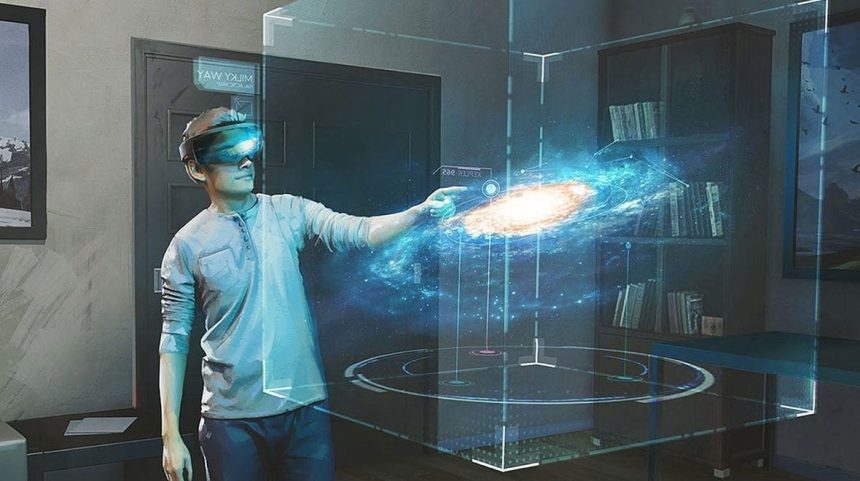The future of e-commerce lies in harnessing the power of advanced product visualization techniques to provide a richer, more engaging online shopping experience. As technology evolves, the gap between in-store and online shopping is rapidly closing, with innovative solutions that allow consumers to not only view products but interact with them virtually.
Interactive 3D Models
One of the most significant advancements is the integration of interactive 3D models into online retail platforms. These models allow customers to examine products from every angle, zoom in on details, and understand the textures and true-to-life colors of products. This is particularly useful for items like furniture, where spatial dimensions and aesthetics are crucial.
Augmented Reality (AR)
Augmented reality takes product interaction to a new level by superimposing digital information onto the physical world. Apps that enable consumers to visualize how a product would look in their own space—like seeing how a sofa fits in their living room or how a pair of glasses looks on their face—are increasing in popularity and are predicted to become a standard shopping tool.
Virtual Reality (VR) Showrooms
VR showrooms are another transformative visualization technique that can simulate the experience of walking through a physical store. Customers can use VR headsets to navigate virtual aisles, inspect products, and even engage with virtual sales associates for advice and information.
Artificial Intelligence (AI) and Personalization
AI is playing a vital role in personalizing the shopping experience. By analyzing customer data, AI can provide tailored recommendations and enable highly personalized product visualizations, showing customers how items would look in personalized contexts or even how clothes would fit based on their body measurements.
High-Resolution Imaging
Advances in imaging technology mean that high-resolution photos can show intricate product details. Customers can see the weave of a fabric or the texture of a material, which helps to bridge the confidence gap that often comes with buying products unseen.
360-Degree Videos
360-degree videos allow customers to view a product in a comprehensive, all-encompassing way. This immersive format can be particularly effective for products that benefit from seeing in action, such as gadgets or vehicles.
Social Media Integration
Social media platforms are integrating advanced visualization tools, allowing users to see products in context through influencer posts and ads. This not only enhances the shopping experience but also leverages social proof, influencing purchase decisions.
Conclusion
The future of e-commerce will be defined by how seamlessly retailers can integrate these advanced produktvisualisierung techniques into their online platforms. This will not only enhance the customer experience but also help online retailers compete more effectively with brick-and-mortar stores. As consumers demand more interactive and immersive shopping experiences, the e-commerce industry must continue to innovate and embrace these technologies.

